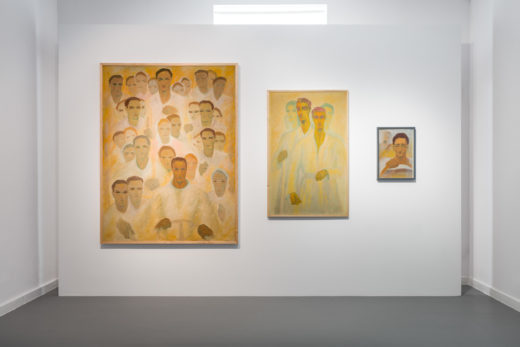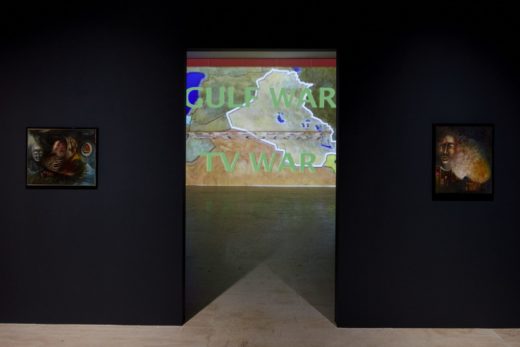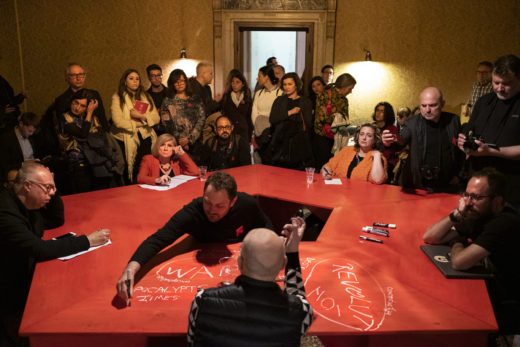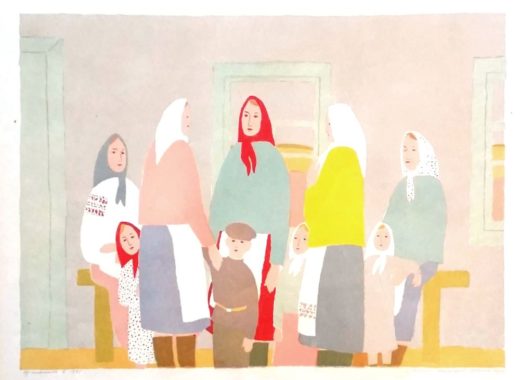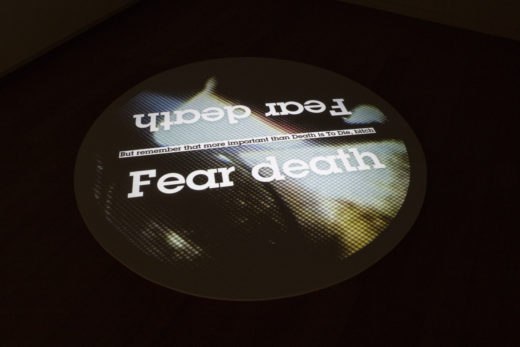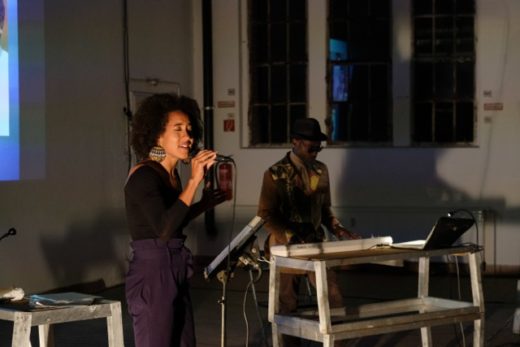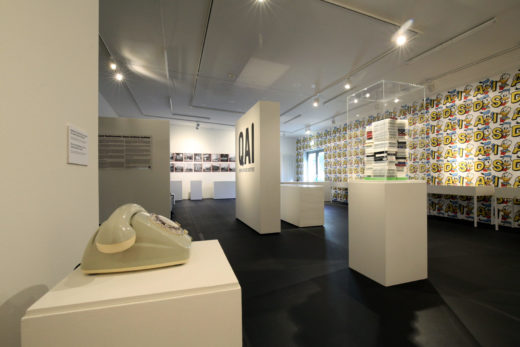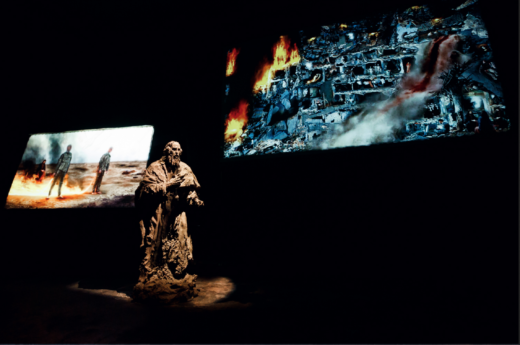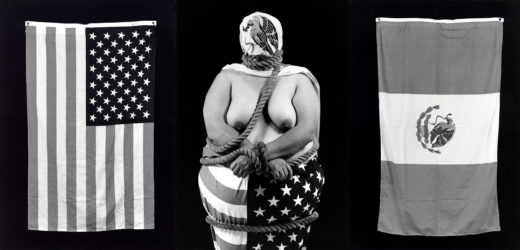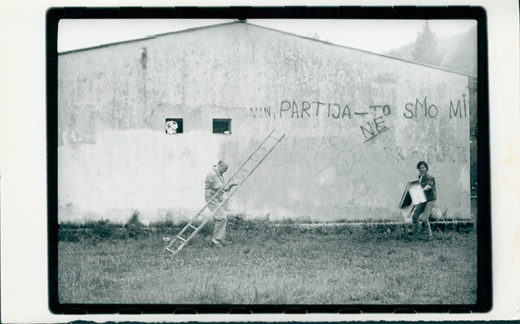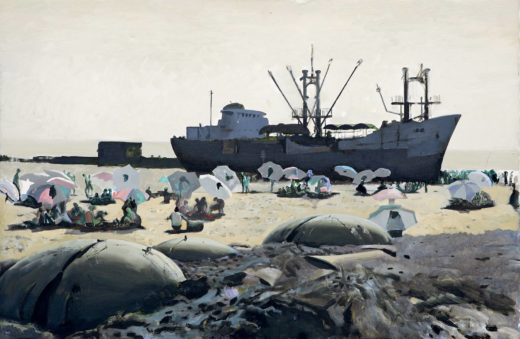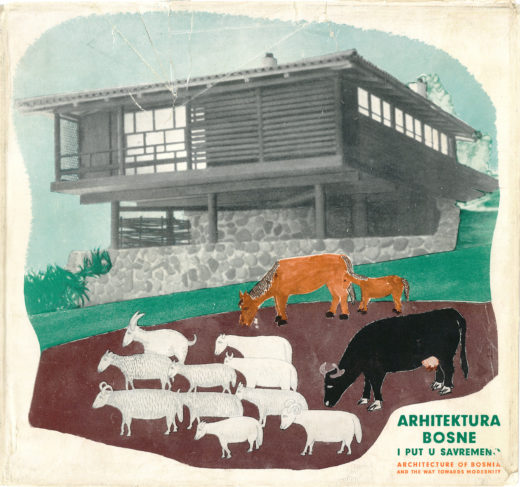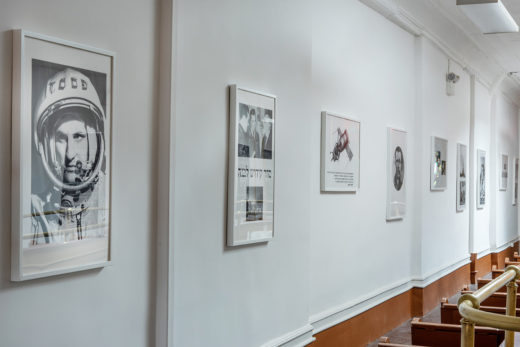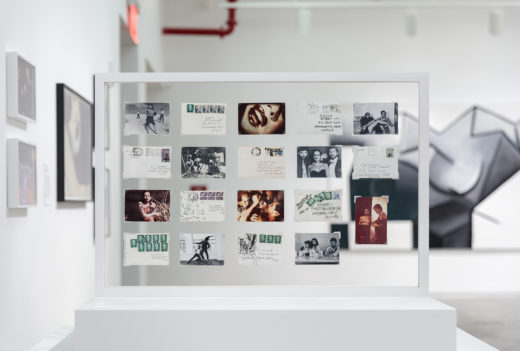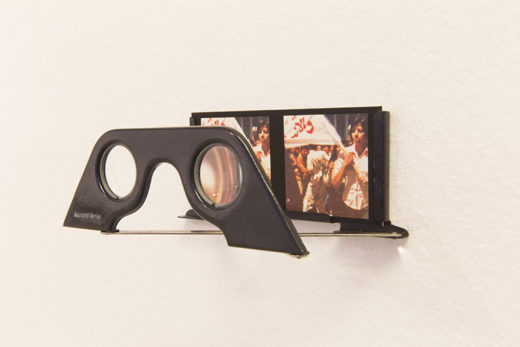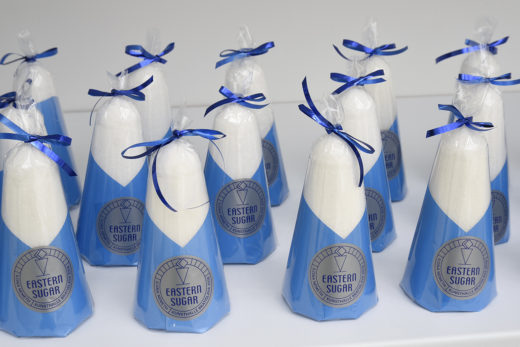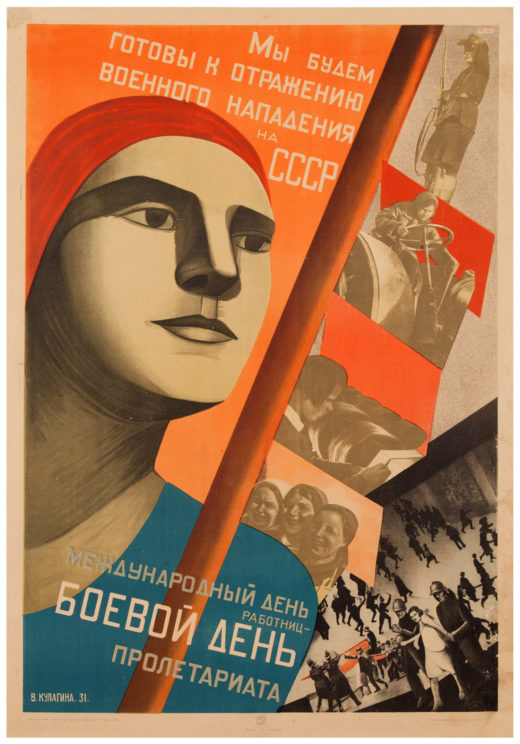Calling the Dead in Budapest: Ágnes Eperjesi on Art, Women, Power and Violence
In 2018, on an October evening, the Hungarian National Gallery became the site of unusual activities: the artist Ágnes Eperjesi appeared in Cupola Hall of the building that was once the Royal Castle to ceremoniously cover the bronze cast of a naked girl. The life-sized sculpture, made of two unattached bronze shells by artist Gyula Pauer (1941–2012), represents seventeen-year-old Csilla Molnár (1969–1986) who won the country’s first postwar beauty pageant in 1985. One of the most publicized events of 1980s Hungary, attracting more than two thousand contestants, the pageant was broadcast on television for the viewing pleasure of millions and … Read more


